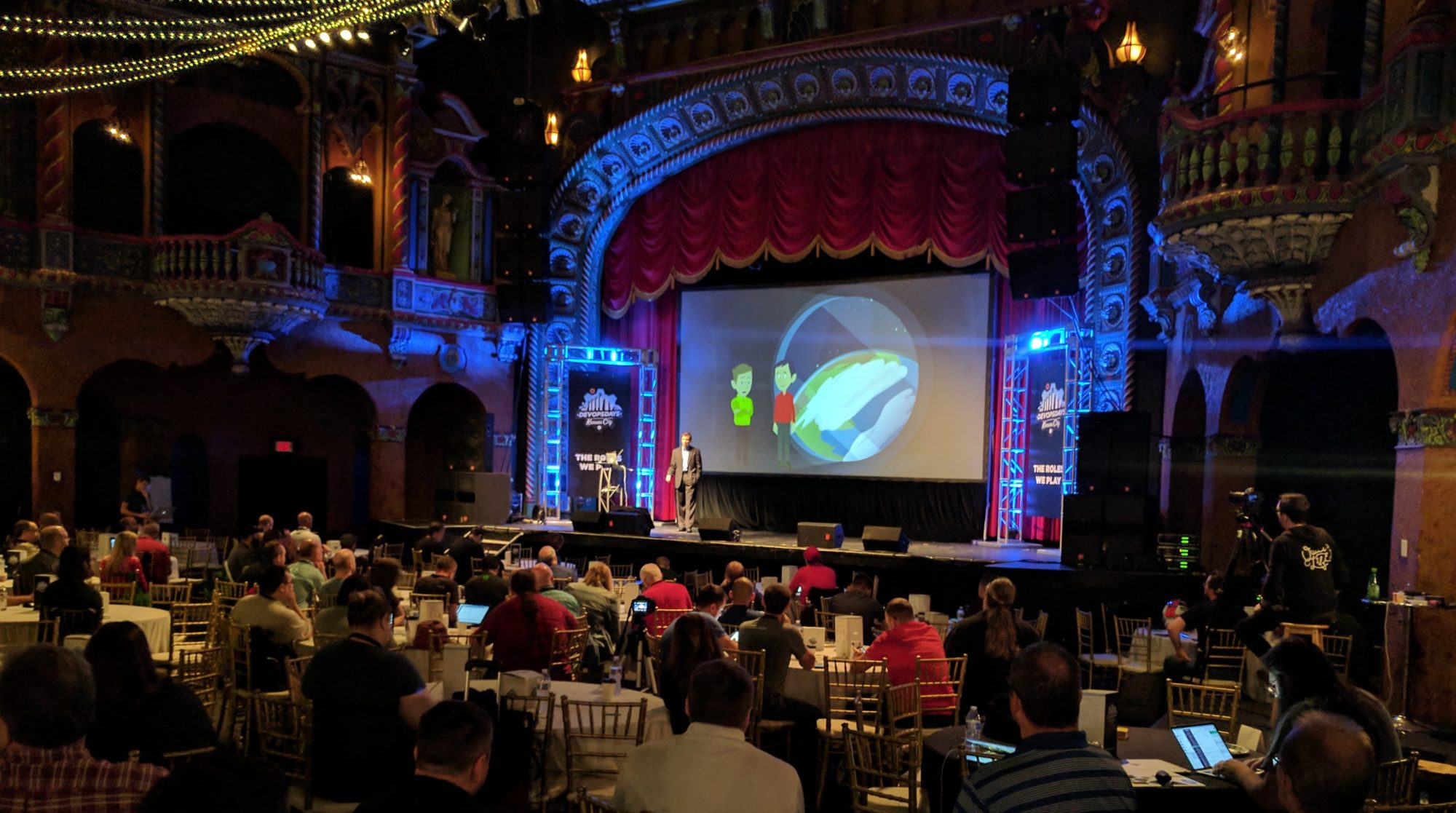Why Java Won’t Get It Right is an interesting entry about some of the problems with Java technology. The best part is that it is written by someone who actually knows Java. A part that I particularly liked was:
They over-architect everything. I’ve actually used a Java framework (I’m not gonna say which) that had XML config files that configured more XML config files! That’s just silly.
The author makes comparisons to Ruby on Rails and talks about how he doesn’t think Java will ever have anything like Rails.
I’ve seen a few demos of Rails and it is impressive, but much of the functionality it gives you has been available in WebObjects for some time. In fact I’ve met several Ruby developers that started with Rails and switched to WebObjects as their application got bigger. (Update: It turns out I was mistaken. They switched from Ruby to Webobjects, but they were using a different web framework instead of Rails.)
There is an interesting comparison between a Ruby project and a Java project posted on the Ruby on Rails site. The code comparison is interesting because it shows how much Ruby does for you automatically if you know how to use it. A lot of what Ruby is doing is giving you automatic setters and getters.
It would be interesting to see a comparison between the amount of code necessary to write a Ruby application and the same app in WebObjects, but when it comes down to actual productivity the language being used is rarely the bottleneck. The skills of the programmer are by far the most important factor. The tools available in the language are second and the language ranks third or lower.
Good tools have a huge impact on productivity. Simple things like auto-complete and real time syntax checking cumulatively make a large difference in productivity. One of the areas where WebObjects really shines is in giving you the ability to graphically connect your data with the view. You can still do everything manually in code, but the graphical tools give you the ability to really think about the problem on a level that is much closer to the user experience.
